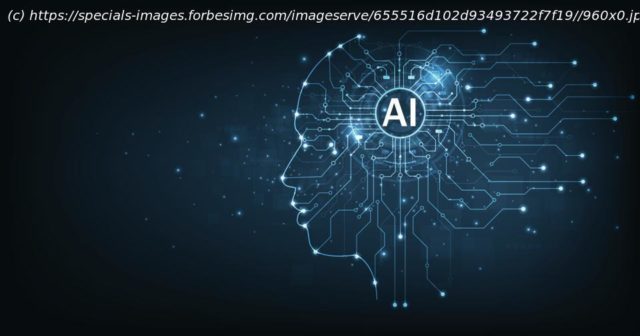The world of AI is going through a huge transformation.
The world of artificial intelligence (AI) is going through a huge transformation, fueled by the explosive growth of generative AI (GenAI) and large language models (LLMs). This revolution is reshaping the democratization, computational power and data requirements of LLMs and is also opening new ways of thinking in combining GenAI, AI and humans—working together as well as understanding and trusting each other.
The changing landscape also requires different solutioning approaches, challenging both deep and rigid point solutions as well as flat and oversimplified no-code solutions.New LLMs
Especially for the midsize market, we are seeing huge opportunities. Open-source large language models (LLMs) are racing against OpenAI’s GPT and are winning. Fine-tuning the base models for specific use cases, especially the new Llama3 and Phi-3, may give results that are at least as good as, if not better than, using GPT-4. These lightweight models can perform quickly and well enough when they operate on consumer-grade GPUs, such as the one I have on my Mac.Easing And Democratizing The AI Life Cycle
We are seeing the way AI workflows change thanks to generative AI. For example, for some use cases such as customer communications, rather than asking for lots of training data from our clients, we now ask for unlabeled data—which we label using LLMs. We determine the accuracy and reliability of these predicted labels using other LLMs and then ask for the domain experts to label some selected samples, provide the predicted label and reasoning and ask for feedback.
We can then use this « human-in-the-loop » feedback to continuously update the way LLMs operate by changing the prompts or fine-tuning the models. We have been using AI explanations, human in the loop and continuous learning for some time now, and being able to do this for GenAI as well is fascinating.






